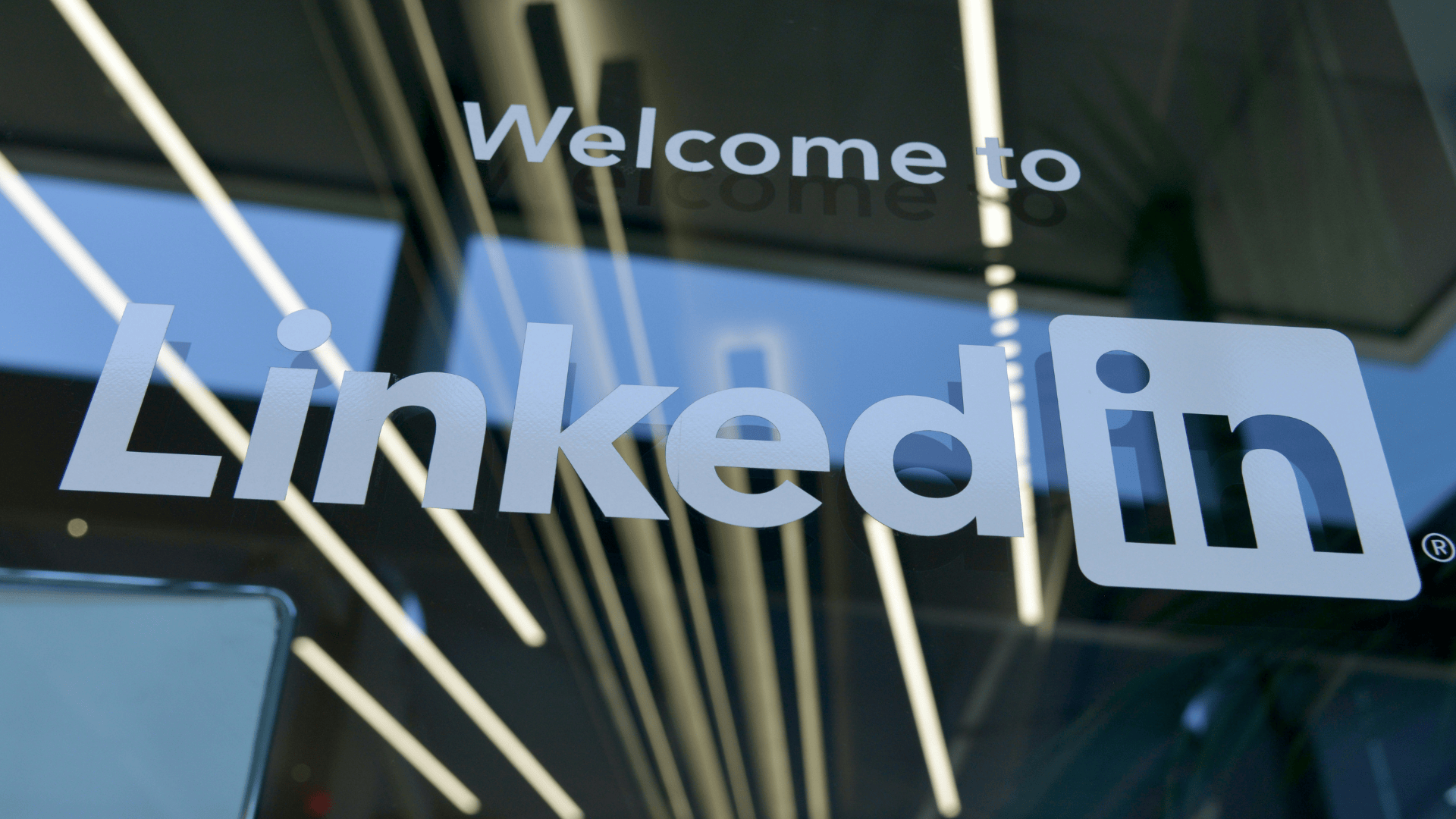Metadata
Finance marketing, trends, strategies
An in-depth guide to the pivotal finance marketing trends that will define strategies in 2024. Master personalization, education tactics, alternative investments, AI, and targeted content creation.
Introduction
Financial services marketing enters an era of radical reinvention driven by technology disruption, economic volatility, and savvier buyers. Static firms relying on legacy tactics face extinction. This deep dive previews the pivotal trends set to shape marketing success in 2024 and beyond. Master these to lead markets.
Financial Planning Will Take Center Stage
Historically siloed planning and sales teams now strategically integrate to coordinate high-impact client guidance. Financial planning takes the main stage as progressive marketing organizations realize education and advice mark the path to growth.
Abandon Outdated Mass Messaging
Generic spray-and-pray tactics that are still prevalent will quickly become relics of a bygone era. Mass market blanket messaging fails modern buyers expecting tailored solutions personalized to their situations. Ask ten investors with $1 million portfolios about ideal allocations, and no two answers will align. Segmentation based on risk appetite, income needs, and values becomes mandatory.
Yet astonishingly, an independent survey found just 19% of financial institutions currently personalize messaging. Clinging to one-size-fits-all outreach repels today’s educated prospects searching for specific planning aligned with personal goals. Still, the majority stick with undifferentiated collection letters masquerading as engagement. These will soon join fax machines and pagers in the marketing graveyard.
Personalized Planning – The Proven Key to Conversions
Wise early adopters make personalized financial advice central in client interactions across acquisition and retention initiatives. Conversion lift statistics reveal the profitability impact when leads receive tailored plans during nurturing:
- 49% higher conversion rates
- 76% increase in the share of wallet
- 22% lift in customer satisfaction
Similarly, advisors regularly blogging practical planning tips tailored to niche concerns see 41% increased site traffic and 66% growth in organic leads. Demonstrating expertise by addressing specific pain points attracts serious prospects immediately.
Getting personal pays retention dividends, too. Customers receiving personalized financial plans show 22% higher satisfaction versus those who only pitched products in siloed vacuums. Ongoing lifestyle planning education nurtures relationships while positioning the brand as an advisor rather than a transactional vendor.
Publish useful planning articles solving concerns individuals and families actually face. Promote advisors who actively participate in community discussions to assist various subgroups. Outdated brands still marketing through transactional sales collateral will fade fast.
Education – Active Empowerment – Not Passive Content
Education accelerates lead generation and conversions when done right. But simple information projection no longer cuts it. Modern outreach must spark activation through genuine empowerment.
Conversation – Not One-Way Content Pushing
Buyers now self-educate at unprecedented rates thanks to democratized information access. But paradoxically, buying decisions grew more complex, not less. Analyzing choices still requires guidance in filtering signals from overwhelming noise.
Yet establishment firms still push passive content, lacking engagement. This broadcast style fails to motivate participation, which is critical for comprehension and recall. Thought leadership requires aligning insights to action.
Flip the script through true conversational marketing. Embrace formats that allow dialogs around personal finance issues, like discussions, polls, and AMAs. Video enables interactive bite-sized learning – perfect for busy prospects seeking utility within minutes. Don’t just push content.
Spark excitement, pulling people into magnetic educational experiences worth time and attention. Activational education builds loyalty through value delivery, now absent in traditional outreach flailing.
Refute False Claims – Take Risks – Reject Complacency
As fintech permeates mainstream chatter, misconceptions spread. Failure to correct false narratives cedes thought leadership to upstarts. Analyze trending financial myths, then directly challenge fallacies with facts. Research supporting innovative theses helps reputable brands stay ahead of disruptive threats.
For example, confront speculative beliefs that crypto generates wealth passively without work. Counter misconceptions through an engaging video revealing crypto millionaires still built skills continuously before excelling. Support modern theories to avoid dismissal as a rigid relic.
Exploring cutting-edge areas proactively also pays dividends. Had established firms invested early in understanding decentralized finance and smart contracts years ago, they would now capitalize on the historic opportunities instead of playing catch-up.
Embrace reasonable controversy. Shatter assumptions. But use irrefutable evidence-based facts, not opinions. Combining contrarian ideas with credibility lifts marketing above conformity.
Recession Resilient Marketing – Refocus On Financial Fitness
Surging inflation, rising rates, and recession risks redirect savvy marketers toward foundational financial skills with evergreen relevance. Education grounded in improving financial fitness drives lead generation when markets tumble. Firms still pushing peripheral offerings lacking concrete utility now lose ground.
Spotlight Must-Have Money Skills
In chaotic contexts, stick to basics that tangibly better financial health – the timeless solution everyone needs guidance on mastering. Spotlight essentials like budgeting, saving, responsible borrowing, and resilient investing. Infuse educational modules into free ebooks, email drips, social posts, and landing pages.
Getting back to basics may mean simplifying advanced institutional models retail users get overwhelmed by. Explain concepts in relatable terms. How does a yield curve inversion impact my car loan payments? Why do rising rates typically slow inflation?
Reward engagement through giveaway contests, referral bonuses, and exclusive early access to planning tools.
While chaos causes paralysis in outdated peers, agility lets leaders meet customers where attention shifts. Avoid disruption by providing roadmaps navigating uncertainty.
Bespoke Messaging – Psychographic Segmentation
Blanket messaging fails to distract users who are inundated daily. But astonishingly, 56% of financial brands still blast communities instead of deploying targeted outreach. These lazy marketers mass spam rather than coordinating psychographically tailored content aligned to how segmented groups best engage.
Construct Detailed Buyer Avatars
Thriving communication plans in 2024 rely on rich buyer avatar development mapping demographics, financial status, personalities, and media habits. Send visual learners image-heavy posts and analytical podcasts. Provide introverted prospects expanded market analyses while extroverts receive flashy video explainers.
Link web content to preferred channels through cross-channel technique indexing. Guide customers naturally towards their optimal next steps. Cohesive cross-format experiences outperform single-touch campaigns by 41% through leveraging time-tested sequencing formulas.
Psychographic targeting enables perfectly matched messaging tailored to each subgroup’s interests and communication styles, proven to lift response rates over outdated spray-and-pray tactics still plaguing legacy firm marketing operations without data-driven personalization.
Key Takeaways
Financial services marketing reinvents itself through disruptive innovation rather than controlled iteration alone in the 2020s. Personalized lifestyle planning, digital engagement tactics, embracing controversy, basic financial skills training, and psychographic content segmentation represent the frontiers in 2024.
Commit to aggressive testing and skills development around building trust, utility, and convenience to capitalize on the lucrative opportunities ahead. Prioritize creative flexibility, not rigid risk avoidance, to stay ahead of escalating industry transformations in an era where only the adaptable survive and thrive.




